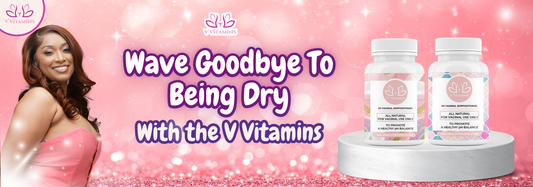You're Not "Crazy"—You're Conditioned
If you've ever blocked him only to unblock him hours later, or sworn you were done but still found yourself checking his Instagram or spiraling when he doesn’t reach out, you’re not alone. And you’re not weak. You’re likely caught in a trauma bond—a powerful and painful cycle that keeps you emotionally tethered to someone who doesn’t consistently show up for you.
This isn’t about low self-worth or poor self-control. It’s about your nervous system craving the very chaos that keeps hurting you. But this cycle can be broken—and your healing starts with understanding what you’re actually up against.
What Is a Trauma Bond? (And Why It Feels Like Love)
A trauma bond forms when emotional pain and intermittent reinforcement get wired together in the brain. You receive unpredictable doses of attention, affection, or apology, followed by distance, neglect, or emotional withdrawal. Over time, your brain begins to associate the pain with connection. You’re not chasing love. You’re chasing the emotional high of finally being chosen by someone who keeps wounding you.
The result? You find yourself stuck in a loop—blocked one day, spiraling the next. Your cravings for closure keep you tied to someone who can’t offer consistency. And instead of recognizing it as manipulation or emotional unavailability, your body registers it as passion, urgency, or even love.
Why He’s Not Confused—He Just Knows He Still Has Access
Every time you respond, react, or reach out, it sends one signal to his ego: the door is still open. He doesn’t need to be toxic in a textbook way to be harmful. He just needs to know that he still has access to your energy.
If you're always the one keeping the connection alive—initiating conversations, forgiving without true accountability, or rationalizing their behavior—you're not in a relationship. You’re in a cycle of self-abandonment. This isn’t about making him the villain. It’s about finally making yourself the priority, okay?
How to Know If You’re Stuck in a Trauma Bond
Here are common signs you're not just emotionally attached—you’re trauma bonded:
-
You feel calmer when they’re not around, but still obsess over when they’ll reach out.
-
You’re constantly searching for signs of change or signs they care.
- You rationalize their behavior (“It wasn’t that bad…”).
- You long for the version of them you only saw at the beginning.
-
You know it’s hurting you, but still can’t let go.
These patterns aren’t irrational. They’re what your body and brain have been trained to expect—especially if you were raised to equate love with anxiety, unpredictability, or emotional labor.
Why No Contact Is a Nervous System Strategy, Not a Petty Move
You don’t break trauma bonds by logic alone. You break them by cutting off the energetic, emotional, and psychological access that keeps the craving alive. This is where No Contact becomes your sacred intervention.
Blocking isn’t about being petty—it’s about protecting your peace. It's the equivalent of cutting off a drug supply that’s been keeping your nervous system in a cycle of spikes and crashes. Every text you answer, every post you watch, every fantasy you feed reinforces the bond you're trying to break.
No contact gives your brain the space it needs to stop scanning for danger, validation, or rescue. It allows your body to regulate without constantly being re-triggered by proximity, nostalgia, or false hope.
Every Reply Rebuilds the Bond You’re Trying to Break
Even if it’s “just checking in,” even if it’s “just one last conversation,” that small crack in the door is enough to restart the entire loop. And often, you’re not going back because he’s changed—you’re going back because you’re desperate for relief from the emotional withdrawal.
The longer you stay in contact, the longer your body stays addicted to the emotional rollercoaster. Your healing begins the moment you stop reaching for what hurts. When you stop feeding the bond, something incredible happens: your nervous system starts to recalibrate. Your mind gets clearer. Your body stops bracing. You begin to remember what it feels like to be centered, grounded, and safe in your own presence—not his inconsistency. You stop fantasizing about who he could be and start focusing on who you’re becoming.
Introducing DETACHED: Your 30-Day No Contact Plan
If you're ready to break the cycle, Detached is your blueprint. This digital guide helps you:
-
Understand why emotional disconnection feels so hard (and what to do about it)
-
Create strong no-contact boundaries with intention and confidence
-
Cope with the withdrawal symptoms that often sabotage your progress
-
Use nervous system regulation tools to stay grounded through the spiral
- Reframe your thoughts and stop bargaining with someone who already showed you who they are
Detached doesn’t just teach you how to ignore him. It shows you how to rewire your attachment style, soothe your body, and come back to your own inner stability—so you’re no longer triggered by the silence, tempted by the texts, or stuck in a cycle that’s been draining your power.




